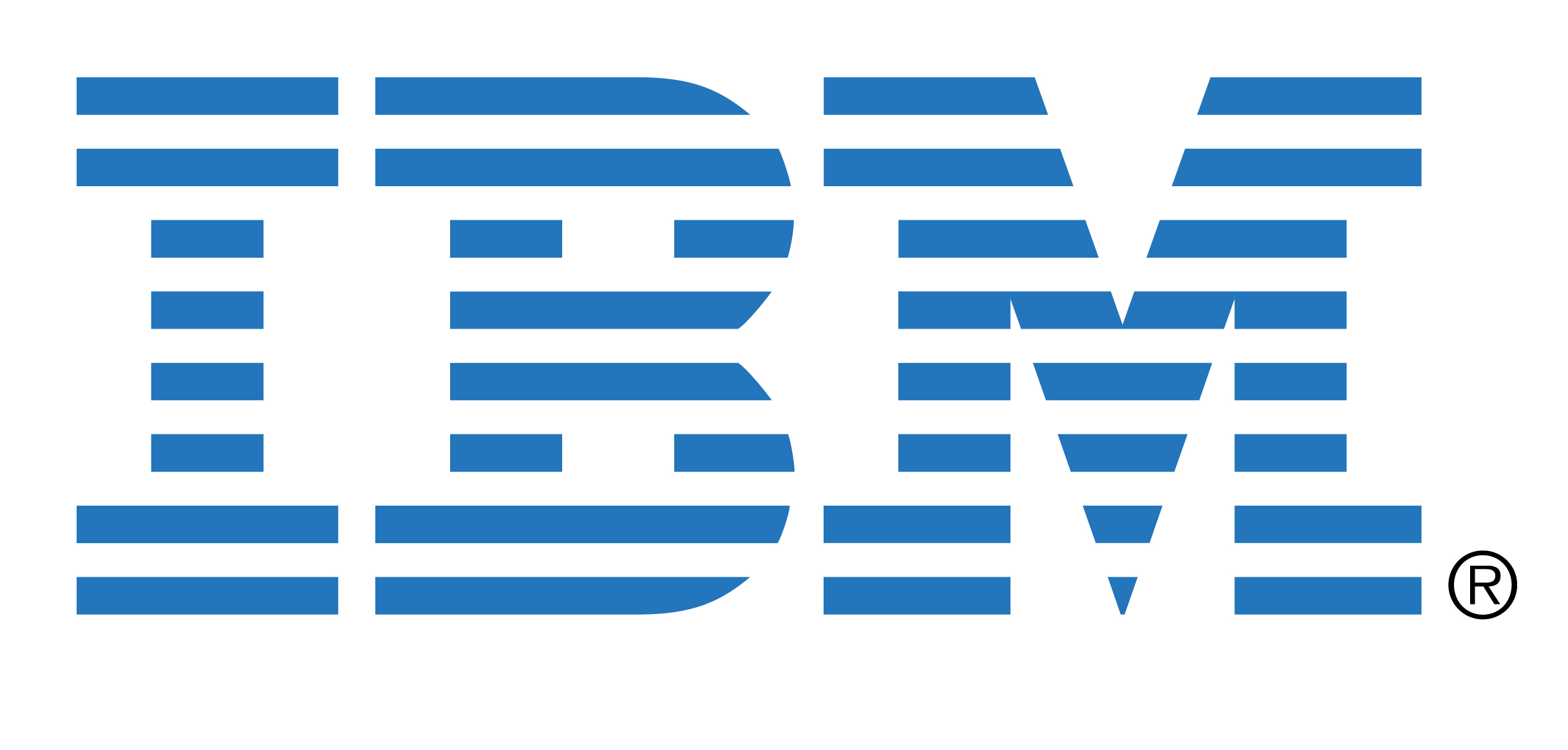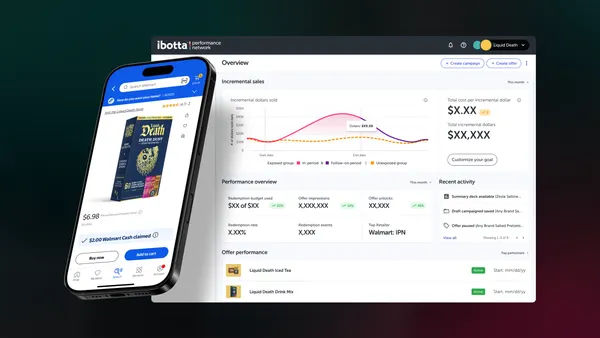The following is the first article in a three-part series from IBM. Check back over the next week for parts 2 and 3.
Messaging platforms like WeChat and Facebook Messenger now account for almost as many active users (4892 Million) as more traditional social media (5935 Million). Their growth has taken many pundits by storm. But this shouldn’t surprise us: messaging appeals to our need for instant gratification. As more and more of us are online through our mobile devices, and as younger generations increasingly prefer chat over other communication modes, this growth can only continue.
As Connie Chan from Andreesen wrote about back in 2015, WeChat has led the way in showing the potential of these messaging platforms to be so much more than just chat, or even a social network:
So why should people outside of China even care about WeChat? The first and most obvious reason is that it points to where Facebook and other messaging apps could head. Second, WeChat indicates where the future of mobile commerce may lie. Third, WeChat shows what it’s like to be both a platform and a mobile portal (what Yahoo could have been).
That prognosis has certainly come to life, with chatbots, e-commerce, and other smarter interaction capabilities that are built directly into these chat platforms.
And lest we think this is strictly a consumer play, just look at platforms like Lua and Slack. Slack, for example, already has hundreds of bots and lifestyle integrations that are deeply embedding chat into the workplace experience. B2B social media marketers aren’t immune to the growth of chat.
Marketers of all stripes cannot ignore this trend. But in this rapidly evolving space, it’s easy to get overwhelmed with the opportunities. Where should forward-thinking marketers start?
Step 1: Experiment.
Outside of WeChat in China, the rest of the world is playing catch up to the possibilities that chat platforms can bring to creating engaging customer experiences. Different chat platforms have different capabilities, but they share a common vision for what’s possible. Critical is understanding where your audience is and will be, and which platforms to focus on first.
Once you’ve decided on a platform, there are two specific places where you can focus your early experimentation.
Dialog and Bots: If you haven’t started yet, push notifications are an excellent place to begin. But quickly move beyond simple push notifications, which can easily cross into spammy behavior. As soon as you’ve got your sea legs, start looking at more interactive dialogs with your customers, including chat bots. They don’t have to be intelligent (cognitive or AI) bots just yet. But the opportunities to reduce costs and increase 24/7 engagement through interactive agents should be top of mind in your experimental plans.
Commerce and Payments: more chat platforms are supporting simple payments, such as ordering food, hailing a taxi, and more. Think about ways you can support simple transactions through chat services. As you get more advanced, look for online / offline interaction integration, such as scanning QR codes or bar codes in store for instant purchase.
There are lots of examples out there. Chatbot Magazine, on Medium, has a lot of example articles like this one that give some great starting possibilities. Or just watch this clip from Facebook's F8 Conference:
You can also download IBM's whitepaper to learn more.









